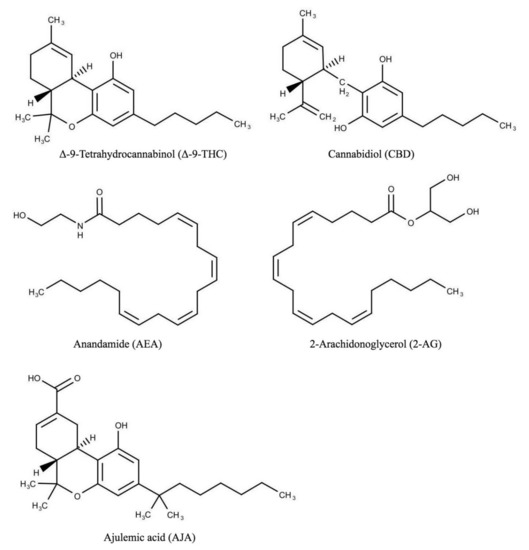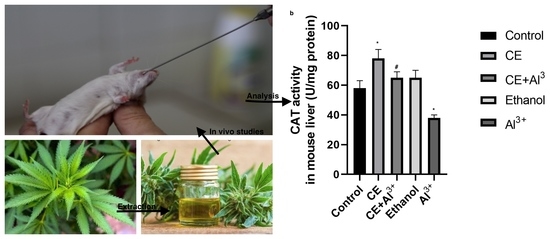 “α-Pinene represents a member of the monoterpene class and is highly distributed in higher plants like conifers, Juniper ssp. and Cannabis ssp.
“α-Pinene represents a member of the monoterpene class and is highly distributed in higher plants like conifers, Juniper ssp. and Cannabis ssp.
α-Pinene has been used to treat respiratory tract infections for centuries. Furthermore, it plays a crucial role in the fragrance and flavor industry. In vitro assays have shown an enantioselective profile of (+)- and (-)-α-pinene for antibacterial and insecticidal activity, respectively.”
https://pubmed.ncbi.nlm.nih.gov/34365295/
https://www.sciencedirect.com/science/article/pii/S0031942221002065?via%3Dihub

“α-Pinene Enhances the Anticancer Activity of Natural Killer Cells via ERK/AKT Pathway. Our findings demonstrate that α-pinene activates NK cells and increases NK cell cytotoxicity, suggesting it is a potential compound for cancer immunotherapy.” https://pubmed.ncbi.nlm.nih.gov/33440866/
“α-Pinene inhibits tumor invasion through downregulation of nuclear factor (NF)-κB-regulated matrix metalloproteinase-9 gene expression in MDA-MB-231 human breast cancer cells. These results suggest that α-pinene has a significant effect on the inhibition of tumor invasion and may potentially be developed into an anti-metastatic drug.” https://applbiolchem.springeropen.com/articles/10.1007/s13765-016-0175-6

 “Introduction:
“Introduction:  “Introduction: Cannabis sativa L. (C. sativa) is used since ancient times to produce fabrics, baskets, and cords. Later, different ethnic groups used to burn the leaves and flowers of psychotropic cultivars with high Δ9-tetrahydrocannabinol (D9-THC) levels, during the religious or propitiatory rites to alter the state of consciousness. To date, it is not known whether also nonpsychotropic cultivars of C. sativa were used during these rites, and whether these varieties could have an effect on human behavior.
“Introduction: Cannabis sativa L. (C. sativa) is used since ancient times to produce fabrics, baskets, and cords. Later, different ethnic groups used to burn the leaves and flowers of psychotropic cultivars with high Δ9-tetrahydrocannabinol (D9-THC) levels, during the religious or propitiatory rites to alter the state of consciousness. To date, it is not known whether also nonpsychotropic cultivars of C. sativa were used during these rites, and whether these varieties could have an effect on human behavior. “The use of cannabis for skin diseases and hair regrowth is at the preliminary stage.
“The use of cannabis for skin diseases and hair regrowth is at the preliminary stage. “Significant growth of interest in cannabis (
“Significant growth of interest in cannabis (

 “Background:
“Background:  “In recent decades, a lot of attention has been paid to Cannabis sativa L. due to its useful applications, including in fibers, oil, food for humans and animals, and therapeutics.
“In recent decades, a lot of attention has been paid to Cannabis sativa L. due to its useful applications, including in fibers, oil, food for humans and animals, and therapeutics.